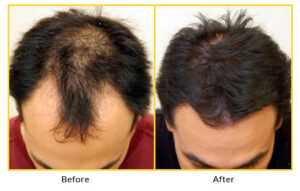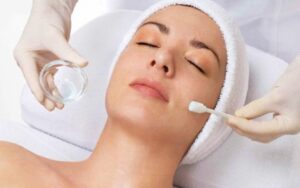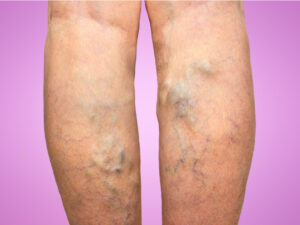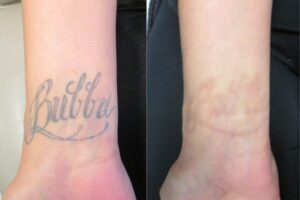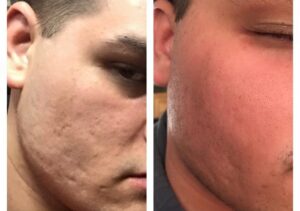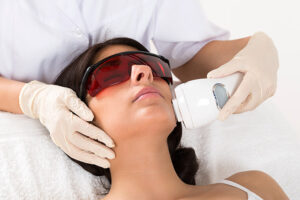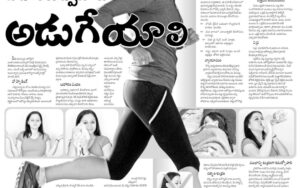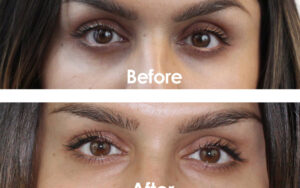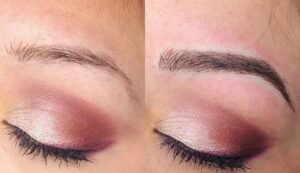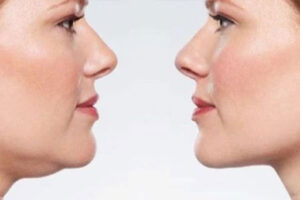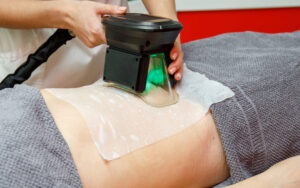INTRODUCTION
Carbon dioxide(CO2) is natural gas in our body that we exhale with every breath. We all know its various uses such as fire extinguishers, dry ice, etc. In the field of dermatology, it has been known for its use in the form of surgical & fractional CO2 laser for treating many indications. In this article, we are going to discuss yet another important application of this invisible gas-“Carboxytherapy in dermatology”.
WHAT IS IT:
Carboxytherapy is the injectional application of medical grade carbon dioxide (CO2) gas into the tissue for therapeutic purposes. It is similar to mesotherapy and the gas is injected with the help of a 30G needle.
HISTORY:
CXT (Carboxytherapy) was first used in the 1930s in Royal Spas of France where they noticed that bathing in pools of CO2 rich waters led to faster healing of wounds and ulcers.
In 1953, Cardiologist Dr.J.B.Romuef enlightened the systemic effects of CXT like decrease in blood pressure and dilatation of coronary vessels
In later ’90s, during laparoscopy development, some surgeons noticed that CO2 gas in the abdominal cavity resulted in the reduction of adjacent fatty tissue and fibrous edema
All these observations gradually led to the development of further possibilities in dermatology & aesthetic medicine.
MENCHANISM OF ACTION:
Carbon dioxide in the tissue reacts with molecules of aqua, generating molecular carbonic acid, which reduces the pH of the tissue. On the base of Bohr’s effect (in lower pH the binding between hemoglobin and oxygen is weaker) the oxygen release from hemoglobin increases, at pH 6.8, and less permeability of the capillary wall is increased, at pH 6.5, and less the elasticity of collagen fibers increases and rigidity decreases.
EFFECTS OF CXT IN THE TISSUES:
- Increase of local blood supply by the opening of functionally closed capillaries and by dilatation of pre-capillary segments
- Improvement of oxygenation by increased release of oxygen from hemoglobin (Bohr’s effect-in lower pH and higher pCO2 hemoglobin’s affinity to oxygen is decreased)
- Increase of erythrocytes dermability
- Change of the threshold of thermoreceptors
- Anti-septic effect.
INDICATIONS OF CXT:
Dermatology
- Chronic leg ulcers
- Stabilized localized psoriasis
- Alopecias
- Localized scleroderma
- Lymphoedema
Cosmetology
- Striae
- Peri-orbital rejuvenation
- Scars
- Fibrolipodystrophy(cellulite)
- Vulval atrophy
- Skin rejuvenation
CONTRAINDICATIONS OF CXT:
- Sevare ischemic heart disease
- Decompensated hypertension
- Acute embolism
- Thromophlebitis
- Gangrene
- Renal failure
- Pregnancy &loctation
- Acute infection at the injection site
CXT DEVICES:
Two types of CXT devices are available.
1.Table top model with a bigger CO2 cylinder
- A portable handheld model with a smaller CO2 cylinder.
Some popular CXT devices available in the market are CO2 RiojuvenationSystem(Rioblush), Carbomed, CDTEvolution, etc.
CXT PROCEDURE:
- Treatment duration:10-40min.
- of sessions:4-10.
- The duration between session:7-30 days
- The flow of gas: ml/min, either continuous or pulsed modes of flow.
- The total amount of gas in ml for the body is 50 ml for the face, and 200-1000 ml for body areas.
Temperature adjustment of gas option is available in some recent devices to improve patient comfort.
The gas comes under the pressure 2.5-3.5 bars (i.e. 250 000-350 000 pa, 1875-2625 torr), the parameters for the application itself are adjusted individually according to the indication and site of the application. Application is by tiny mesotherapeutical needle 30G (gauge), the length of the needle is 12 or 13 mm, the installation process of the gas is controlled by foot or hand switch.
The patient can have various feelings and sensations in the application site – warmness, tingling, burning, as a result of the effect of CO2 (depolarization neuron membranes). These sensations usually tend to fade soon(within few hours), in very sensitive individuals they can be very rarely perceived even till 24 hours after the application.
TECHNIQUES:
Superficial Inter dermal injection method – for skin rejuvenation, wound healing, scars etc.
Deep Subcutaneous injection method –for cellulite and contouring.
Standard technique
Single point puncture with a larger amount of gas for a bigger area.
Modified Brazilian Technique
Multiple puncture points with a smaller amount of gas to a smaller area of approx 1cm3.
ADVANTAGES:
. Cheap
. Office procedure
. Safe
. No risk of post Inflammatory Hyperpigmentation
. Almost nil downtime
DISADVANTAGES:
. Multiple session
. Procedural Discomfort
CXT FOR STRIAE:
. Indications: Old white stretch marks and deep depressed stretch marks.
. Principle: Neovascularization and improved blood flow & improved collagen synthesis.
. Flow:80-150cc/min.
. The number of sessions:4 to 10, once monthly.
. Method: Intradermal injections inside each stretch mark 1-2cm apart.
. Endpoints: Inflated stretch marks- Popcorn appearance for 1 or 2 minutes then erythema.
CXT FOR PERIORBITAL REJUVENATION:
- Indications: Under-eye dark circles, fatty prolapsed, eye wrinkles.
- Principle: Increase blood flow & reduces stagnation, stimulates collagen production.
- Flow: 20-40 cc/min.
- Number/frequency of sessions: 3 to 6, once in 7-15 days.
- Method: Cobined intradermal and subcutaneous injection. 4 to 5 punctures around the lower orbit bones.
- Endpoints: Eyelid becomes distended, inflated and later red.
CXT FOR CELLULITE:
- Indication: All grades of cellulite, subcutaneous irregularities after liposuction.
- Principle: Stimulates blood flow & activates receptors involved in the natural lipolysis of the body. It improves collagen synthesis to reduce orange peel skin, mechanical disruption of fibrous septae with higher CO2 flows.
- Flow: 1-2 cc/kg/min-approximately 2minutes per injection.
- Number/frequency of session:10-20, once in 15-30days.
- Method: Combination of subcutaneous &>intrademal
- Punctures: 15-20 cm spaced, no overlapping.
- Endpoint: Subcutaneous injection will let the gas diffuse and create a 15-20 cm diameter disk like appearance.
CXT FOR SCARS:
- It is preferable for atrophicb scars rather than hypertrophic scars.
- In acne scars, soft flat scars and rolling scars respond better to CXT than icepick scars and boxcar scars.
- An additional advantage of CXT for scars is that along with injecting CO2 gas, subcission can be done at the same time with the same needle.
CXT IN COMBINATION WITH OTHER PROCEDURES:
- For skin rejuvenation: CXT + PRP, Hyaluronic acid fillers, Chemical Peels, Radiofrequency ect.
- For Lipolysis/contouring: CXT + Injection lipolysis, Ultrasound lipolysis, RF ect.
- For Striae & Scars: CXT+PRP, Microneedling radiofrequency, Fractional Ablative lasers ect.
- For Alopecias: CXT + PRP, Mesotherapy ect.
CONCLUSION:
Carboxytherapy is an interesting technology that is proving to be promising for many indications in dermatology as well as cosmetology
It is a cheaper alternative giving comparable results either as a stand-alone procedure or in combination with others. We are waiting for the experience with this technology to evolve further and for more clinical data to become available.


